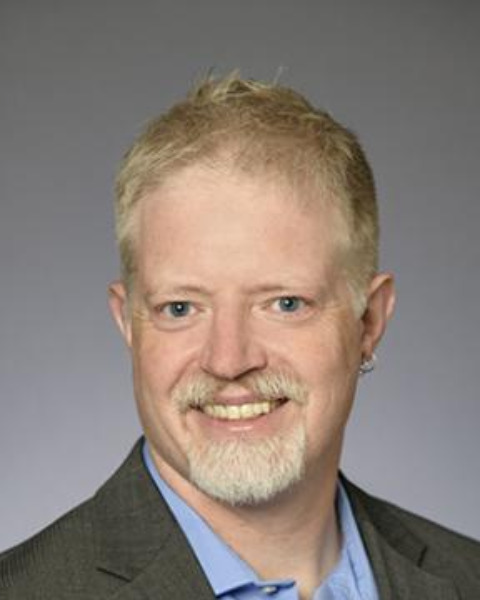Oral
Water Distribution System Analysis (Planning & Management)
Advances in Water Distribution System Water Quality Modeling
Exploring Information Redundancy in Confirmatory Sampling Locations during a Contamination Event
Wednesday, May 24, 2023
5:30 PM - 5:45 PM PDT
Room: Del Mar I

Camilo Salcedo (he/him/his)
PhD Student
The University of Arizona
Dominic L. Boccelli
Professor
The University of Arizona
Author(s)
Author (not presenting)(s)
In Water Distribution Systems (WDS), fixed sensors have been widely used to detect contamination events and identify their source location in a timely manner. However, due to limitations such as budget and specificity in the contaminant that can be detected, these sensors are not sufficient to fully characterize a potential contamination event. In this context, previous research developed by our group has demonstrated the feasibility of including Confirmatory Sampling Locations (CSL) as an alternative to gather new information whether a junction in the network is contaminated – or not – in real-time, thereby improving the performance of a contaminant spread algorithm.
In previous research, a near-optimal set of confirmatory sampling locations was successfully identified using an approximated algorithm within a real-time frame. The proposed approach maximized the Expected Network Entropy as a surrogate measure of uncertainty in the network. However, the sampling locations were often located in very close proximity in certain areas of the network, leading to a potential – and undesired – redundancy of information. Thus, the current research seeks to understand the impact of these lumped sampling locations and their effect over information gaining, as well as to extend the developed algorithm to reduce the overlap of information provided by the locations in different water supply systems.
In previous research, a near-optimal set of confirmatory sampling locations was successfully identified using an approximated algorithm within a real-time frame. The proposed approach maximized the Expected Network Entropy as a surrogate measure of uncertainty in the network. However, the sampling locations were often located in very close proximity in certain areas of the network, leading to a potential – and undesired – redundancy of information. Thus, the current research seeks to understand the impact of these lumped sampling locations and their effect over information gaining, as well as to extend the developed algorithm to reduce the overlap of information provided by the locations in different water supply systems.
